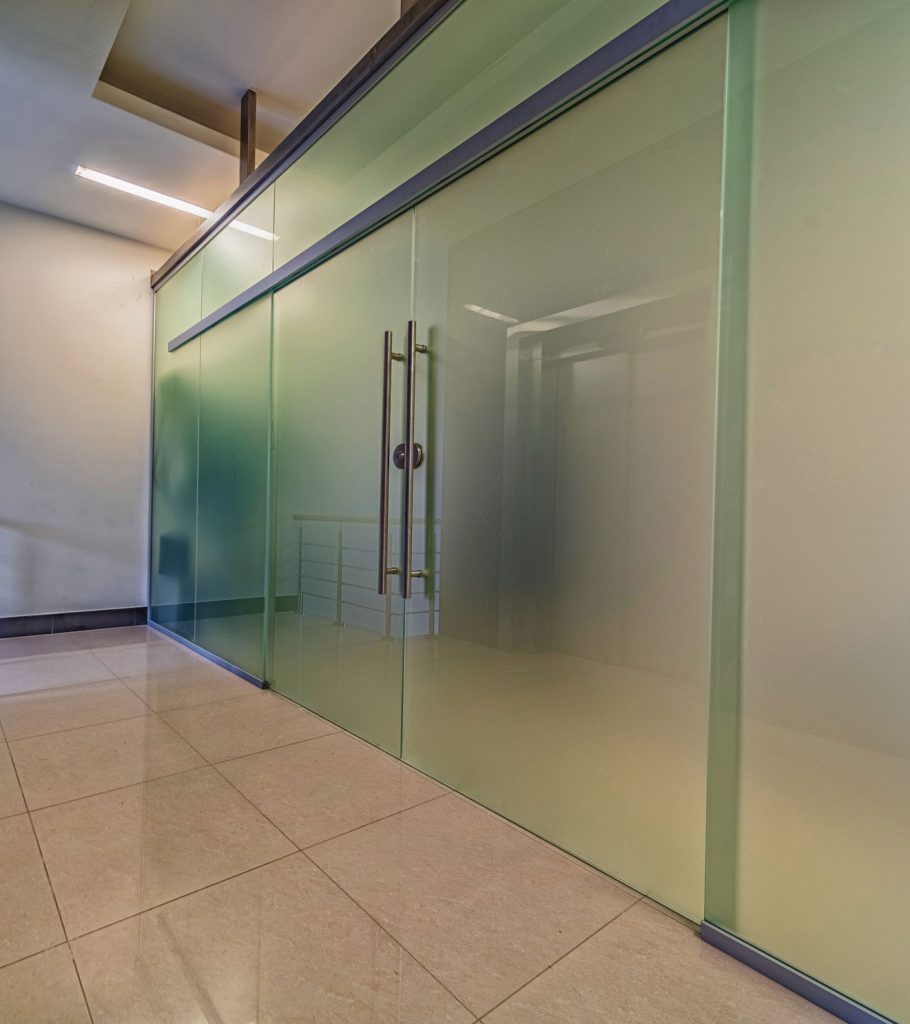
In the fast-paced world of interior design, innovation is always at the forefront. One such cutting-edge solution that is revolutionizing how we perceive and interact with spaces is Switchable Film. This adaptable technology offers a dynamic way to transform environments, merging functionality with aesthetic appeal in a seamless manner.
Imagine being able to control the transparency of glass surfaces at the touch of a button, instantly switching between opaque and clear states. Switchable Film provides this flexibility, allowing for privacy at a moment’s notice or creating an open, light-filled atmosphere at will. Its versatility extends beyond mere practicality, as it opens up a realm of creative possibilities for architects, designers, and homeowners alike. By harnessing the power of Switchable Film, spaces can be effortlessly tailored to suit various needs and moods, achieving a truly transformative effect.
Benefits of Switchable Film
Switchable Film offers a versatile solution for privacy needs in various settings. With just a flip of a switch, this innovative film can instantly transform transparent surfaces into opaque, providing privacy instantly. This feature is especially beneficial in office spaces, conference rooms, and even residential environments where privacy is necessary but natural light is also valued.
In addition to its privacy benefits, Switchable Film is energy-efficient, helping to reduce cooling costs by blocking out UV rays during hot summer months. By regulating heat and glare, this film allows for a comfortable environment while minimizing the need for excessive air conditioning. This energy-saving feature not only benefits the environment but also contributes to cost savings for homeowners and businesses alike.
Furthermore, Switchable Film can enhance the aesthetics of a space by serving as a dynamic design element. The ability to switch between clear and opaque states adds a modern touch to interior design while offering flexibility in creating different atmospheres. Whether used for decorative purposes or practical privacy needs, the versatility of Switchable Film makes it a valuable addition to any space seeking a touch of innovation.
Applications in Architecture
Switchable Film technology offers endless possibilities in architectural design and functionality. One key application is the creation of dynamic facades that can transition between transparent and opaque states. This feature allows architects to play with natural light, privacy, and aesthetic appeal in innovative ways, enhancing the overall look and feel of a building.
Another exciting application of Switchable Film in architecture is its use in interior partitions and glass walls. By integrating this technology into these elements, spaces can be easily transformed from open and interconnected to private and segmented with just a flick of a switch. This flexibility is especially valuable in modern office environments and residential settings where adaptable spaces are highly sought after.
Furthermore, Switchable Film can contribute to energy efficiency in buildings by controlling the amount of sunlight and heat entering a space. By regulating the transparency of windows and skylights, this technology can help reduce the need for artificial lighting and cooling systems, ultimately leading to cost savings and a more sustainable built environment.
Future Innovations
In the future, we can expect even more exciting advancements in switchable film technology. As research progresses, we anticipate the development of films that can switch between an even wider range of states, providing an enhanced level of control and customization for users.
Additionally, the integration of smart technology into switchable films opens up a world of possibilities. Imagine a future where switchable films can be controlled remotely through smartphone apps, allowing users to adjust transparency levels or colors with a simple touch of their screen.
Switchable Privacy Film
Furthermore, with the increasing focus on sustainability and energy efficiency, future innovations may also include switchable films that are designed to enhance the energy performance of buildings. Imagine switchable films that can dynamically adjust to regulate heat gain and loss, contributing to a more environmentally friendly and cost-effective solution for spaces.
